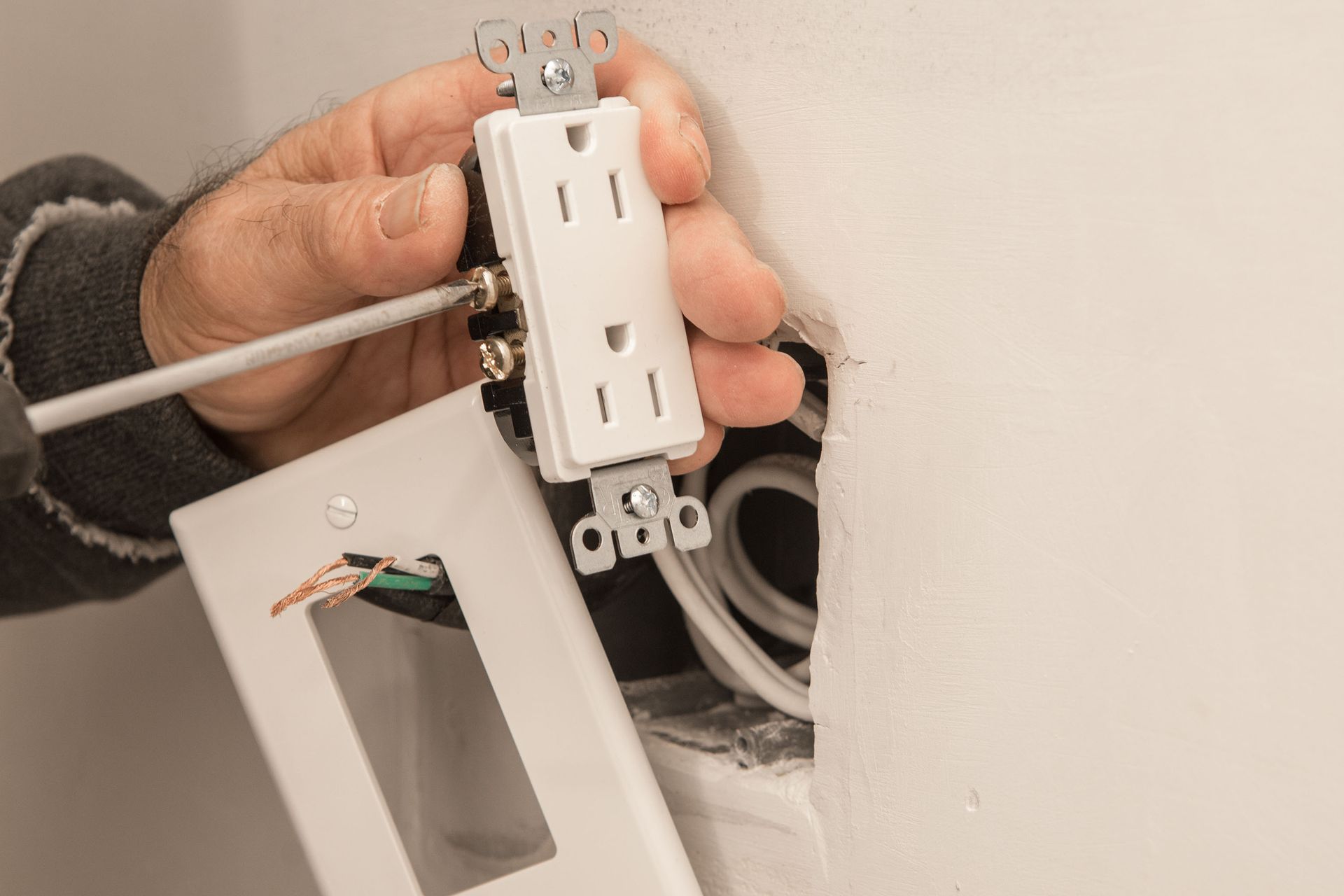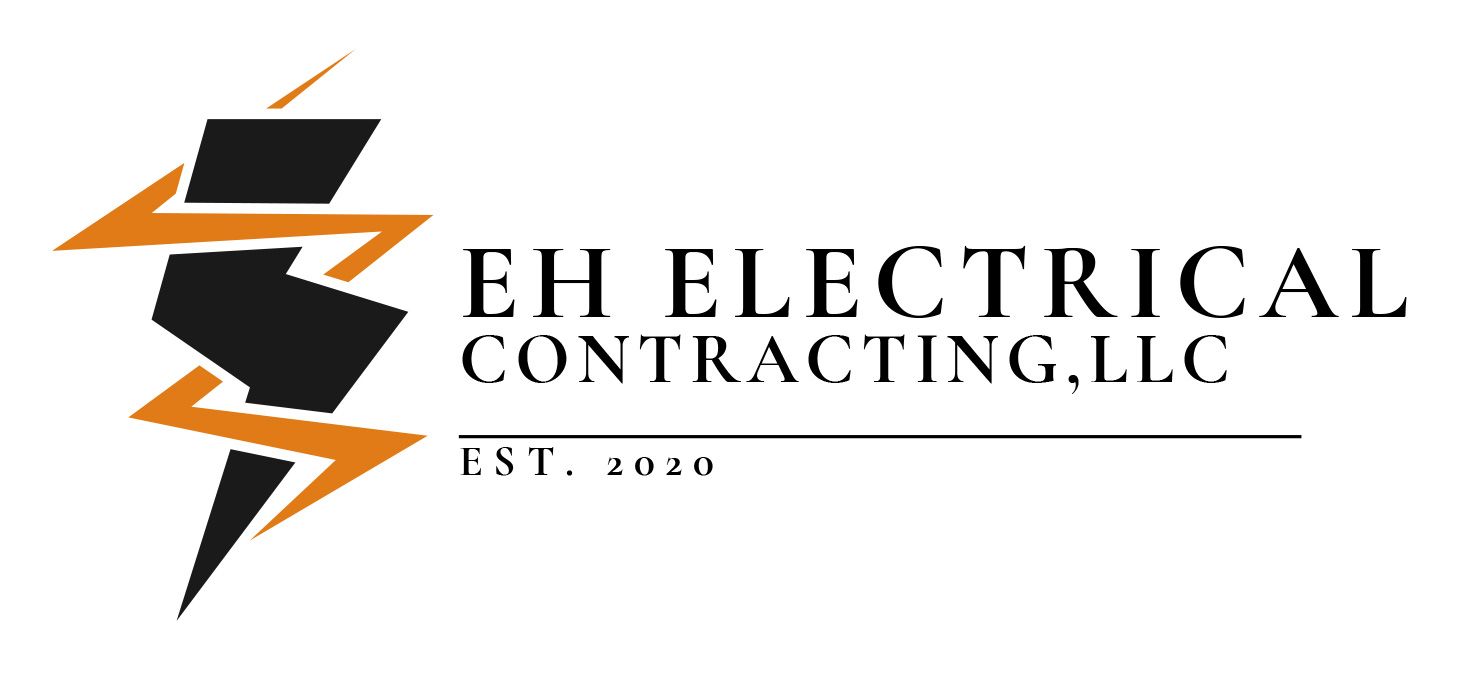October 27, 2025
Older homes, while rich in character and history, often come with outdated electrical systems that pose safety hazards. Residential electricians play a critical role in upgrading and maintaining these systems to prevent electrical fires and ensure the safety of residents. The unique charm of older homes often overshadows the hidden dangers associated with their archaic electrical infrastructures. Ensuring the electrical safety of these homes is both a necessity and a challenge.
Understanding the Unique Challenges of Older Homes
Older homes were built with electrical systems designed to meet the requirements of a bygone era. Many of these systems lack the capacity to support modern appliances and electronic devices. The electrical frameworks of yesteryears couldn't foresee the technological advancements and energy demands of today. Consequently, these systems pose significant risks such as overloads and electrical fires.
The materials used for wiring in older homes often don't meet current safety standards. Some of these materials, like knob-and-tube wiring or aluminum wires, are known to degrade over time or pose fire hazards. While these methods were sufficient during the time of their installation, today's safety codes have deemed many of them inadequate. These materials can lead to electrical inefficiencies and increased risks of electrical fires.
Due to the limited electrical needs during the time they were built, older homes often have electrical systems with low amperage ratings. The increasing number of electrical devices used in modern homes can quickly overwhelm these systems. Overloaded circuits are a common issue in such setups, often leading to frequent tripping or even fires. Residential electricians are tasked with updating the electrical capacity to handle the demands of modern living. This upgrade includes evaluating current electrical usage and making necessary adjustments or enhancements to accommodate these needs safely.
Aging electrical components can become inefficient and hazardous over time. Breakers, outlets, and switches that have been in service for several decades may exhibit signs of wear and tear. Such wear can result in poor connections, exposed wiring, or even short circuits. Regular maintenance helps in identifying and replacing these outdated components preemptively.
The first step in updating an older home's electrical system is a thorough inspection to identify existing hazards. This includes checking for any exposed wiring, signs of damage such as scorch marks or burning smells, and outdated fuse panels. Electricians use this opportunity to assess the general condition of the electrical infrastructure. During the inspection, they prioritize areas with immediate or potential risks.
Homes that have been standing for several decades often undergo multiple electrical modifications. Each change needs to be thoroughly reviewed to ensure it conforms to current safety standards. Many of these past modifications might have been temporary fixes or done without proper adherence to code. Electricians need to identify these adjustments, determine their effectiveness, and decide whether they require rewiring.
Evaluating the circuit load demands of an older home is crucial in preventing overloads. Overloaded circuits can lead to dangerous conditions, including the risk of fires. Electricians measure the power consumption levels of various circuits and note any discrepancies. They often recommend redistributing or installing additional circuits to better accommodate modern electrical needs.
A robust grounding and bonding system is essential for preventing electrical shocks and maintaining safety. Older homes may lack proper grounding, increasing the risk of electrocution. Residential electricians check for any inadequate or missing grounding connections and rectify them as needed. Adequate bonding ensures that all metallic parts of the electrical system are securely connected, reducing the chance of stray voltage.
Upgrading Electrical Systems
Replacing defective wiring in older homes is a fundamental step in updating the electrical system. Outdated and damaged wires can lead to significant hazards such as electrical fires or shock risks. According to Zipdo, electrical accidents are responsible for roughly 1,300 deaths in the U.S. each year, highlighting the importance of addressing wiring issues. Electricians integrate safer, modern wiring materials to eliminate these risks.
Modern circuit breakers offer superior protection compared to their older counterparts, such as fuses. They provide better response times in cutting off electricity during overloads or short circuits. Installing these advanced systems not only boosts safety but also facilitates modern usage demands. Breakers can be reset easily, avoiding the constant need to purchase new fuses, resulting in a more user-friendly experience. This upgrade is essential for aligning older homes with today's safety expectations and enhancing personal protection.
Ground Fault Circuit Interrupters (GFCIs) and Arc Fault Circuit Interrupters (AFCIs) represent significant advancements in electrical safety. GFCIs protect against shocks by shutting off electric power when they detect imbalances between outgoing and incoming current. Meanwhile, AFCIs offer protection against electrical fires caused by arcing. Integrating these devices into an older home's electrical system significantly elevates safety standards.
Upgrading electrical panels is an essential step in modernizing the electrical systems of older homes. Old panels may not support the power demands of contemporary appliances, leading to overloads and increased fire hazards. A modern electrical panel ensures a reliable distribution of electricity throughout the home. Replacing outdated panels enhances efficiency and reduces the likelihood of system failures.
Ongoing Maintenance and Monitoring
To maintain the integrity of an older home's electrical system, regularly scheduled inspections are necessary. These inspections assess the current state of wiring, outlets, and devices for wear and potential issues. Consistent monitoring allows residential electricians to identify problems before they escalate into unsafe conditions. Scheduled evaluations also provide homeowners with valuable insights into their electrical system's performance. Such diligence is crucial in extending the longevity of the electrical infrastructure while ensuring safety.
Overloads and shocks are common issues in older homes due to their limited electrical capacities. Electricians implement monitoring solutions to identify signs of excessive demands on circuits or weak connections. Early detection of such indicators allows for timely interventions, reducing the risk of circuit breakers tripping or appliances getting damaged. Monitoring systems also protect inhabitants from potential electrical shocks, a leading cause of electrical-related injuries and fatalities. Proactive strategies to manage these risks embody the electricians' commitment to safety.
Modernizing older homes often involves integrating smart home devices for enhanced convenience and energy efficiency. Residential electricians ensure that these devices are compatible with the existing electrical system, including assessing their power demands. Smart devices, such as thermostats or light fixtures, offer features that minimize energy waste and bolster security. Electricians maintain these systems, ensuring optimal performance and adapting installations as technology evolves. Providing support for smart technology aligns the historic charm of these homes with futuristic innovations.
Regular testing of safety devices like smoke detectors, carbon monoxide sensors, and GFCIs is essential for early hazard detection. Electricians include routine checks to confirm that these systems are functioning correctly and reliably. Testing ensures the devices' sensors and alarms are responsive and effective in warning against potential threats. Consistent maintenance of safety devices complements other electrical system upgrades, providing comprehensive protection. Electricians educate homeowners on conducting basic checks, reinforcing constant vigilance.
Ensuring the safety of older homes involves a comprehensive approach by residential electricians, addressing both immediate safety concerns and future requirements. By understanding the unique challenges and implementing strategic solutions, electricians can protect both the history and the inhabitants of these cherished homes. As technology and standards continue to evolve, electricians play a pivotal role in balancing preservation with modernization. Contact EH Electrical Contracting LLC today to schedule a comprehensive safety assessment and ensure your home is protected by trusted residential electricians.

